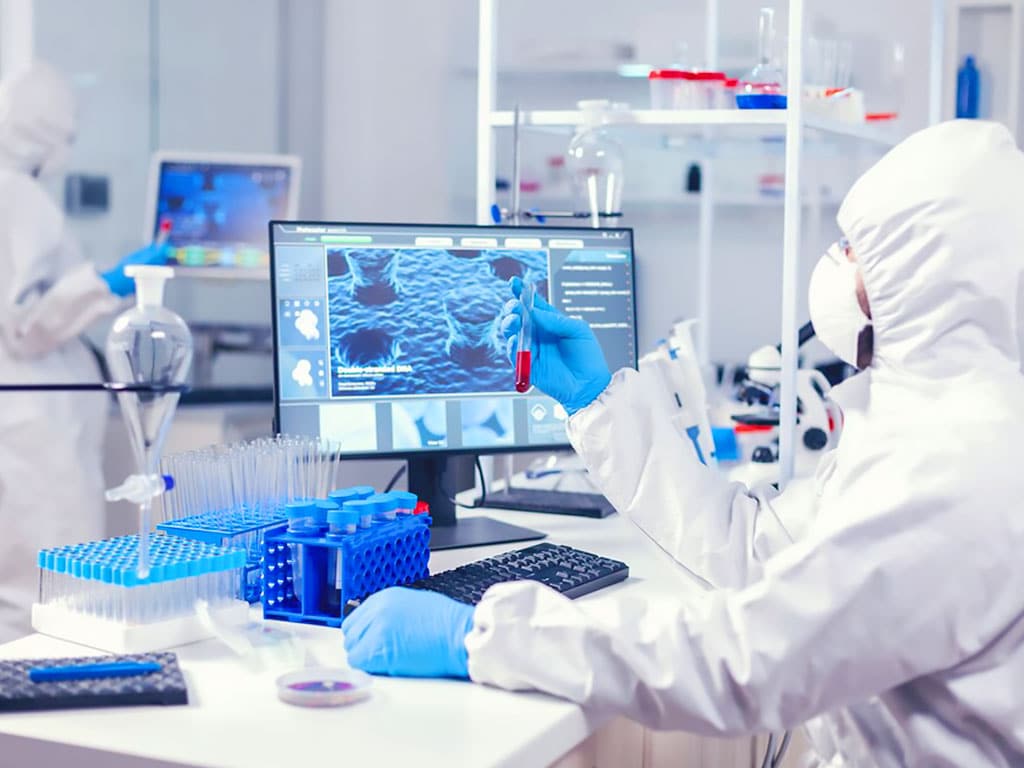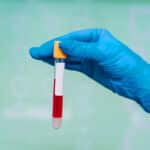Blood Tests for Drugs: What It Is & How It Works
25 April, 2024

Blood tests for drugs are a form of testing to detect the presence of illicit substances in the bloodstream of a person. It is common in clinical management and confirmatory testing. A healthcare provider draws a blood sample from a vein using a needle when conducting blood testing. It is generally quick but may cause discomfort. Accordingly, the specimen is securely transported for a laboratory test. Laboratories employ various sophisticated techniques to identify and measure drug metabolites.
Drug testing is a common practice in various institutions. This is due to the rising issues of substance use disorders, drug overdose, and drug addiction. There are multiple types of drug tests. It includes urine tests, saliva tests, and hair tests. However, blood drug tests are valuable as it is one of the most accurate ways to detect the presence of substances. This article will present blood drug testing, including how it works and the collection procedure for blood samples.
What is a Blood Test for Drugs?
Blood tests for drugs are a scientific method to detect the presence of substances in the bloodstream. It involves drawing a sample of blood and analysing it in a laboratory. It can identify illicit drugs, prescription medications, and alcohol consumption. Nevertheless, the process requires skilled personnel for the collection procedure and analysis.
The detection window for blood testing is relatively short compared to other types of tests, like urine drug tests and hair drug tests. Typically, drugs are detectable in the bloodstream for a few hours to a couple of days after use. However, this window of detection varies depending on several factors. It may include the type of drug, the amount used, the metabolic process, and the overall health status.
Furthermore, several groups and institutions rely on blood drug tests. Law enforcement agencies use the method to assess impairment in individuals suspected of driving under the influence. They provide concrete evidence of recent drug use. Healthcare providers may also order these tests to monitor patients. It is especially true in cases of suspected substance abuse or to ensure compliance with a prescribed medication.
Advantages of Blood Testing
The following are the advantages of blood testing from urine testing, oral fluid testing, and hair testing:
- High Accuracy: The testing method delivers highly accurate results because it directly measures the presence of drugs in the bloodstream.
- Immediate Detection: These tests are excellent for identifying recent drug use, typically within hours to a few days after consumption.
- Quantitative Analysis: Blood testing can quantify the amount of substances in the system.
- Minimal Chances of Adulteration: The collection and analysis are under strictly controlled conditions.
- Supports Legal and Medical Decisions: The accuracy and reliability of the tool make it powerful in legal and medical decision-making processes.

How Do Blood Tests for Drugs Work?
The process of blood tests for drugs involves a series of steps. It begins when a healthcare professional cleans the skin area where the needle will be inserted. They then insert a needle into a vein to collect the blood in a special tube or vial. The process is quick but may cause discomfort. After the collection, the conductor will label and transport the specimen to a laboratory for analysis.
At the facility, professionals prepare the sample for testing. It may involve centrifuging (spinning at high speed) to separate the blood cells from the plasma or serum. Accordingly, the samples undergo analysis using laboratory techniques. The technicians typically utilise immunoassay for the initial screening. Subsequently, they may use mass spectrometry techniques to confirm the results.
Once the analysis is complete, a laboratory scientist interprets the results. The presence of drugs in the blood indicates that the person has ingested or been exposed to a drug. The quantity of the substance can also provide information about how much and when the drug was taken. Finally, the laboratory compiles the result into a report and forwards it to the requesting party.
Detectable Substances
Blood testing can detect a wide range of substances. Foresmost, the testing method can identify the presence of illegal drugs. It may include ecstasy, heroin, methamphetamine, cannabis, and cocaine. These tests are pivotal in contexts such as criminal justice and treatment programs to identify illegal substance use.
Prescription drugs are also detectable through blood tests. It may include opiates, opioids, amphetamines, and benzodiazepines. Monitoring the levels of these drugs is essential for ensuring patient safety, managing doses, and preventing misuse. Additionally, ethanol can be identified through blood testing. It is a type of alcohol found in alcoholic beverages.

Process of Collecting a Sample for Blood Tests for Drugs
The process of collecting a sample for blood tests for drugs is a meticulous procedure. First, a healthcare professional prepares the individual for a blood draw. They ensure the person is seated comfortably and use this opportunity to explain the procedure. Next, the professional selects an appropriate site for the blood draw. Typically, it is a vein in the arm.
Once the conductor finds a suitable site, they clean the area around the vein with an antiseptic solution to minimise the risk of infection. Nevertheless, this hygiene step is crucial for maintaining the integrity of the sample. The professional then applies a tourniquet a few inches about the site to make the vein more prominent. It facilitates the insertion of the needle.
Afterwards, a professional carefully inserts a sterile needle into the vein. It requires skill and precision to ensure a successful venipuncture with minimal discomfort. A tube in the needle collects the blood as it flows out. The amount of sample depends on the requirements of the test. Finally, the conductor removes the needle and applies gentle pressure to the puncture site.
Factors that Can Affect Blood Samples
Several factors can influence the outcome of the test. Foremost, the individual body processes substances at a different rate. Factors such as age, genetic makeup, and overall health can significantly impact the metabolism of a person. Accordingly, regular or heavy use of drugs can lead to accumulation in the system. It affects how long drugs remain detectable in the blood.
Additionally, the hydration level can dilute the drug concentration in the blood. Furthermore, proper collection, handling, and storage of blood samples are critical. It is to prevent contamination or degradation of the sample. The time of collection is also crucial.
Conclusion
In conclusion, blood tests for drugs are an essential tool in detecting drug abuse. It is a form of testing that can identify the presence of substances in the bloodstream. Accordingly, blood testing holds a great advantage. It provides high accuracy, immediate detection, quantitative analysis, minimal chances of adulteration, and supports legal and medical decisions. Furthermore, blood tests can detect a wide range of substances. It can monitor heroin, ecstasy, opiates, opioids, and ethanol.
The process of blood testing involves a meticulous procedure. It starts when a healthcare professional prepares an individual for a blood draw. Then, the conductor finds a suitable site (usually a vein in the arm) and cleans the skin. Afterwards, the professional inserts the needle and collects blood. The conductor then forwards the sample to a laboratory for analysis. Nevertheless, knowing the factors that can influence the blood samples is crucial to maintaining the integrity and reliability of results.






























